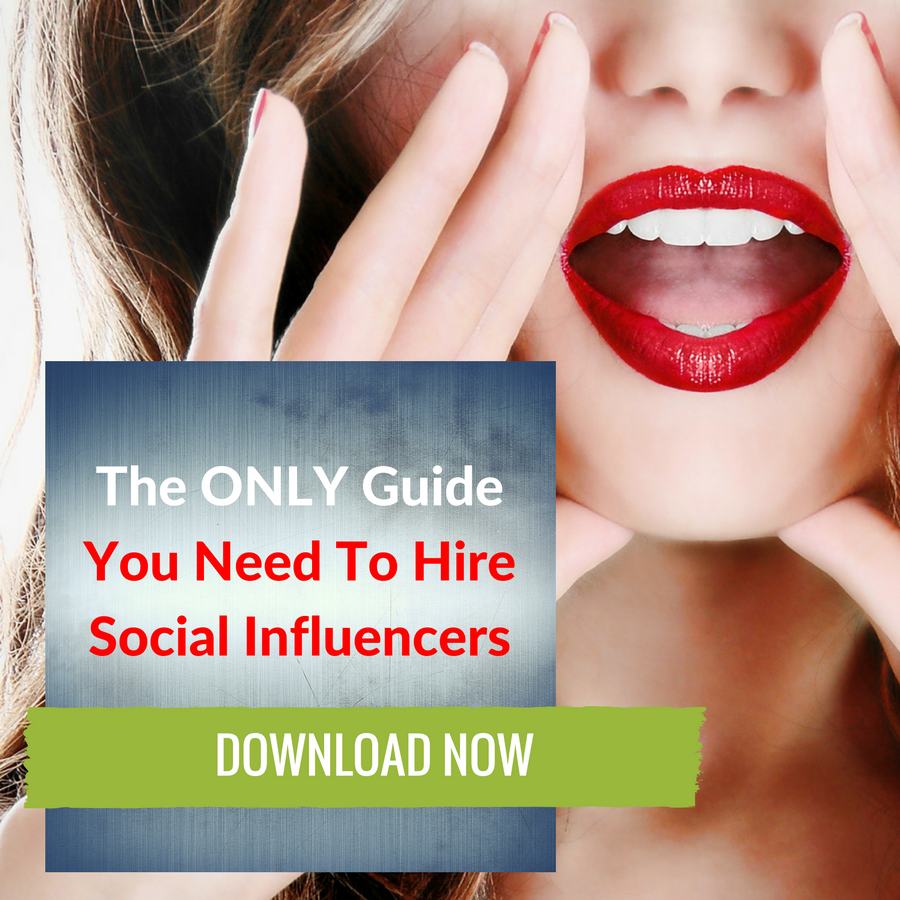How To Choose The Right Platform For An Influencer Campaign
Table Of Contents
The Pros And Cons Of Three Of The Most Popular Platforms
Deciding whether or not to implement influencer marketing into your marketing strategy is only the first step. As a brand marketer, you must figure out several other components of the campaign, including the type of influencer(s) to use, their scope of work, and most importantly, the platform through which you plan to run the campaign on.
The platform on which a campaign is run is a very important factor in determining whether or not the campaign will be successful. The content created and put out by influencers must flow seamlessly with the platform or the campaign is at risk of failure. Fortunately, there are several different options to choose from, each of which have its own positives and negatives. In this blog, Hollywood Branded discusses how to choose the right platform for an influencer campaign, while exploring the pros and cons of the (3) three leading social media channel options.

YouTube
Pros
- Virality – Millions of users surf YouTube everyday making it easier for branded content to go viral.
- Sales – Brands are able to include links in videos directly to their purchasing page.
- Speed – YouTube campaigns can yield an immediate ROI and the results are easily measured (views, likes, comments).
- Audience – If your target market is between 16 and 30, they are almost certainly watching YouTube videos.
- Shareability – Content is easily shared across other social media platforms.
- Informational – YouTube is an excellent channel for any products that need to be explained to the public (tech products, video games, beauty products, etc.)
Cons
- Content has low re-use value. Often times, YouTube videos put out by influencers lack the quality needed to be repackaged as future marketing material.
- YouTube does not have as robust analytics as other social media channels like Instagram.
- Viewers have short attention spans making it difficult for influencers to create video content that interests viewers for long periods of times.
Pros
- Content – Great for both image and video content. In addition, Instagram has several in-app editing tools that allow influencers to create aesthetically pleasing content.
- Reachability – Instagram’s discovery feature makes it easy for influencer content to reach users that aren’t following them.
- Trackability – Instagram’s hashtag feature allows brands to track how many people their campaign reached. Hashtags are also great for running any type of branded contest.
- Audience – Great channel for reaching a highly targeted audience. There are several marketing tools that will help you determine whether or not an influencer’s follower base fits your target demographic.
- Niche – There are a lot of industry specific influencers on Instagram (fashion, beauty, fitness, food, etc). These influencers are also easy to source because of Instagram’s discovery capabilities.
- Reusability – High quality images that can be repurposed for future marketing material.
Cons
- Difficult for immediate sales. Instagram does not allow brands to link items directly to their purchasing page.
- Instagram does not allow influencers to share private analytics – because it just doesn’t exist. A brand will only know about public data (likes, comments, hashtags)
Snapchat
Pros
- Branding – Snapchat allows brands to create custom geofilters.
- Audience – If you’re trying to reach a young crowd, Snapchat is the best platform for reaching those that are below 21 years old.
- Functionality – Snapchat’s story functionality lends well to influencer marketing by allowing influencers to thoroughly present a brand through a series of mini photos and videos
Cons
- Not good for sales. Not able to embed links to purchasing page in content.
- Very difficult to be discovered by the general public. Unlike Instagram, there is no discovery function.
- Hard to track the success of a campaign; Snapchat does not release any public data.
Research & Test... And Try Again
As you can see, each one of these social media platforms presents their own pros and cons. As a brand marketer, it is important that you do extensive research into what platform your customers spend the most amount of time on, then put together a campaign that best utilizes the capabilities of that platform. For most campaigns, brands will utilize a combination of multiple different platforms to maximize their exposure. This isn’t necessary for a successful campaign but undoubtedly can help a brand reach its goals for the campaign at hand.
And when you are ready to leverage a social influencer to help your brand receive even more social media exposure, check out The Only Guide You Need To Hire Social Influencers. We promise it is chock-full of helpful information that will keep you from making a lot of mistakes along the way.







